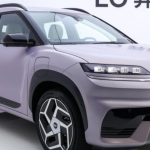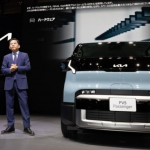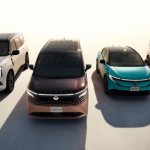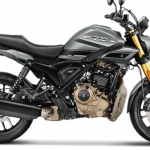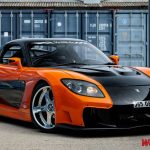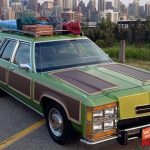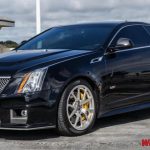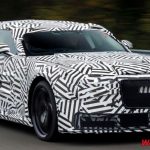Few automotive names evoke the kind of respect and admiration that Mercedes-Benz commands, and among its vast lineup through the decades, two models stand out as definitive representations of the brand’s core values: The Mercedes-Benz W123 and the Mercedes-Benz S-Class. These two models, although targeting different segments, have shaped automotive expectations for reliability, innovation, and luxury. Let’s take a deep dive into their stories and understand why they continue to hold legendary status among car enthusiasts.
The W123: The People’s Mercedes
Produced from 1976 to 1985, the Mercedes-Benz W123 is often described as “The Best car ever Built.” It was not the fastest, nor was it the most luxurious Mercedes at the time, but it became a global icon for its unbreakable reliability, elegant design, and engineering simplicity.
Designed as a mid-sized executive sedan, The W123 replaced the W114/W115 models and became an instant commercial success. It was offered in several body styles including sedan (W123), coupé (C123), and wagon (S123)—the latter being the first estate car officially made by Mercedes-Benz.

Key Features:
- Engines: Ranged from the frugal 2.0-liter inline-four to the legendary 3.0-liter five-cylinder diesel.
- Build Quality: Over-engineered to last hundreds of thousands of miles with basic maintenance.
- Design: Clean, classic lines with a focus on practicality and understated elegance.
The W123 became a favorite among taxi drivers in Europe and the Middle East, a testament to its longevity. It was not uncommon to find W123s with over 500,000 miles still in service. Today, it represents the golden age of Mercedes’ focus on durability and mechanical excellence over gadgetry.
The S-Class: The Benchmark of Innovation
If the W123 was the “people’s Mercedes,” the S-Class is the flagship of the brand, where Mercedes experiments with cutting-edge technology, setting benchmarks for the entire industry.
Officially introduced under the S-Class name in 1972 with the W116, the S-Class lineage stretches back to the post-war era. Each new generation debuts innovations that often trickle down to other vehicles years later.
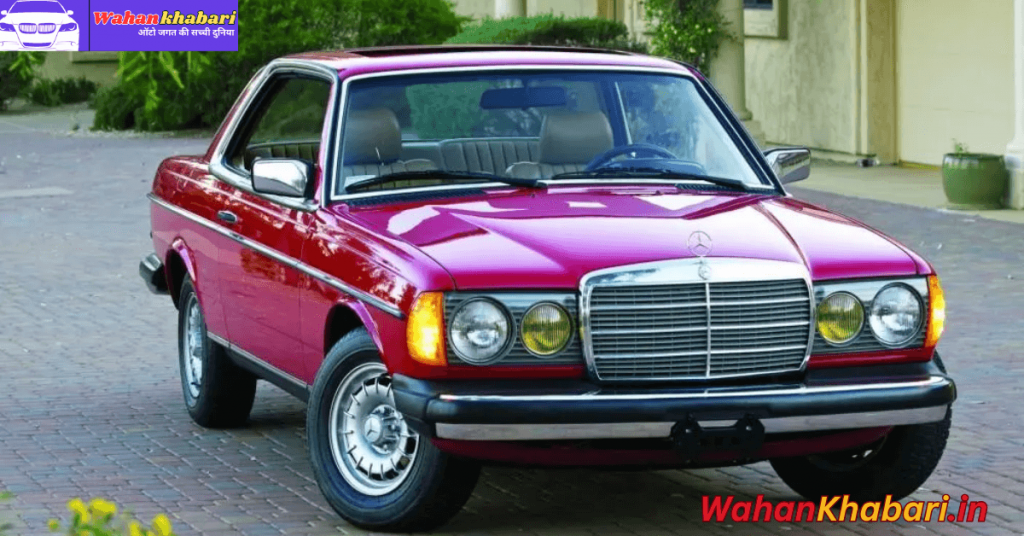
Hallmark Features Over the Years:
- ABS Brakes: First introduced on the W116 S-Class in 1978.
- Airbags: Debuted on the W126 (1979–1991).
- Adaptive Cruise Control, Night Vision, and Magic Body Control: Introduced in later generations.
- Luxury & Comfort: Massaging seats, ambient lighting, and one of the quietest cabins in the industry.
The S-Class isn’t just about comfort—it’s about pushing the envelope of what a car can do. Its commitment to innovation, from safety systems to driver aids and performance tech, has consistently made it a leader in the luxury sedan market, often years ahead of the competition.
Side by Side: Comparing Legacy and Purpose
While both the W123 and the S-Class are Mercedes through and through, they serve very different purposes and appeal to different kinds of buyers.
| Feature | W123 | S-Class |
|---|---|---|
| Target Market | Mid-range executive buyers | Top-tier luxury market |
| Known For | Reliability, longevity, practical elegance | Innovation, luxury, cutting-edge technology |
| Price (new) | Affordable for the middle class | Premium pricing |
| Legacy | Cult following, especially in Africa, Europe, and the Middle East | Flagship reputation, automotive benchmark |
The W123 is a car that people have lived with for generations, passed down like a family heirloom. It’s mechanical, analog, and has a kind of soulful honesty that modern cars often lack.

The S-Class, meanwhile, is a rolling laboratory of progress. Every feature in a modern car—from lane-keep assist to automatic climate control—likely appeared first in an S-Class. It’s less about nostalgia and more about the future.
A Shared Philosophy
Despite their differences, both models share Mercedes-Benz’s dedication to engineering excellence, safety, and comfort. Whether you’re behind the wheel of a manual W123 diesel or lounging in the back of an S-Class with a chauffeur, you can feel the brand’s DNA: a relentless pursuit of quality.
In a way, the W123 and the S-Class represent two ends of the same luxury spectrum. One is democratic luxury—giving working professionals access to a well-built, reliable car. The other is aspirational—designed for those who demand the very best, regardless of price.
Conclusion
The Mercedes-Benz W123 and the S-Class are both timeless icons, though for different reasons. The W123 is a monument to durability and simplicity, a car that became a global workhorse without ever feeling cheap. The S-Class is the embodiment of automotive ambition, where each generation redefines what’s possible in a luxury car.
Whether you admire the W123 for its indestructibility or the S-Class for its relentless innovation, both are shining examples of why Mercedes-Benz continues to be a leader in the world of automobiles.

